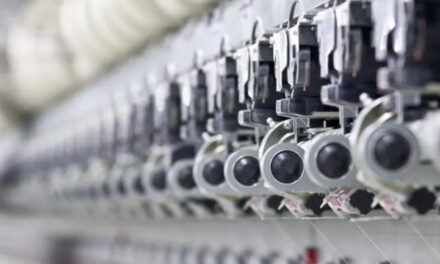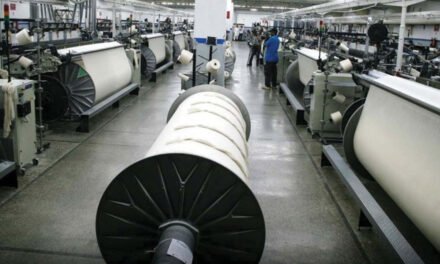 The Cotton Council International (CCI) has announced that Indonesian textile mills are set to purchase an additional 194,000 US cotton bales, worth more than $65 mn, thanks to CCI’s 2019 Special Trade Mission (STM) from Indonesia to the US, sponsored by FMD funding. CCI is the export promotion arm of the National Cotton Council of America (NCC).
The Cotton Council International (CCI) has announced that Indonesian textile mills are set to purchase an additional 194,000 US cotton bales, worth more than $65 mn, thanks to CCI’s 2019 Special Trade Mission (STM) from Indonesia to the US, sponsored by FMD funding. CCI is the export promotion arm of the National Cotton Council of America (NCC).
Eighteen cotton buyers from Indonesian textile mills, as well as two members of the Indonesian Textile Association, attended the STM to learn more about the benefits of US cotton. Indonesia is the fifth largest cotton fibre-importing country, and mills in Indonesia were expected to import a total of 3.1 mn bales in 2018/19.
The companies that participated in the STM represented some of the largest textile mills in Indonesia. Their companies consume around 2.1 mn bales, representing roughly two-thirds of total cotton consumption in Indonesia in 2018/19. Prior to the STM, US market share with these mills was estimated at 40 per cent, according to CCI.
The STM visited six cities throughout the Cotton Belt in July 2019. The STM provided participants with a better understanding of the many elements that make up the seven segments of the US cotton industry. These meetings assisted in educating the foreign trade, as well as encouraged business relationships with the intention of increasing US cotton exports in the future.
One of the purposes of the STM is to provide participants with a better understanding of the US cotton industry, and 87 per cent of the participants stated their main objective in participating was to learn more about US cotton. To meet that goal, prior to the tour, CCI asked the participants which topics they would most like to have addressed by the US cotton industry. CCI also arranged a pre- and post-survey to capture the group’s change in knowledge and purchase intent.
The Indonesian participants were concerned about US cotton quality and the steps being taken to improve contamination from bale packaging. They were interested in sustainability and how US cotton producers were implementing sustainable practices on their farms. They were also looking to learn about trends and innovations in cotton products that would help them in their business with brands and retailers.
Overall, 100 per cent of the participants stated they were able to meet their objective of learning more about the U.S. cotton industry by participating in the STM, and 100 per cent stated they learned a lot about US cotton during the STM. Furthermore, all of the participants were satisfied with the STM and all were likely to recommend it to a colleague.
A second goal of the STM was to encourage business relationships with the intention of increasing future US cotton exports. Around 94 per cent of the participants stated that their participation in the STM provided them opportunities to develop new business relationships and contacts, and 82 per cent believe they will purchase more US cotton in the future.





















